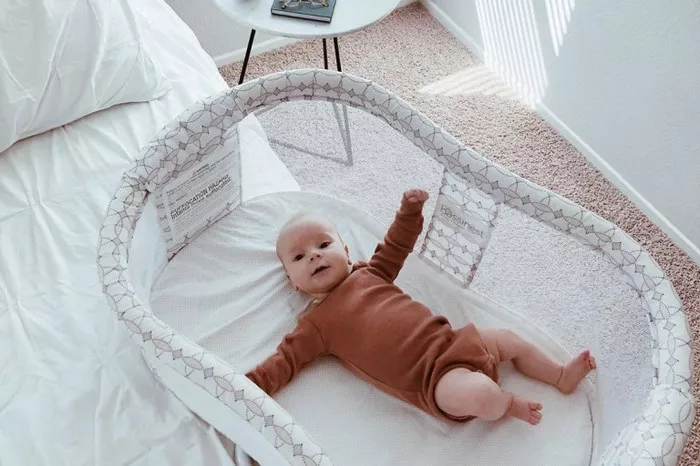A recent study by Hong Kong’s Consumer Council reveals alarming safety concerns in common baby and infant clothing. Out of 30 tested models, over half were found to have potential hazards, including risks of lacerations or strangulation for young children.
The investigation, which involved purchasing clothing claimed to be suitable for babies and infants aged two or below from various retailers, uncovered troubling findings. Among the items tested were bodysuits, rompers, and garments with side openings, commonly referred to as “Kimono baby gowns” or “butterfly rompers,” with prices ranging from HK$22 to HK$419 per piece.
Tests conducted by the watchdog revealed that 11 of the models had snaps or buttons that detached under tension, raising concerns of suffocation if swallowed. Furthermore, the cord designs of five models failed to meet European safety standards, posing a risk of strangulation.
Additionally, one model was found to contain levels of free formaldehyde exceeding 50 percent of the upper limit specified in the Mainland Standard, potentially causing skin irritation or allergic contact dermatitis in babies and infants.
The tension test applied a force of 90N (newtons) to various components of the clothing for 10 seconds. Results showed that buttons or snaps of 11 models detached, creating small parts that failed to meet European safety standards for toys. Notably, four models experienced detachment at forces below 70N.
Furthermore, sharp points were observed on detached snaps of three models, posing a risk of skin scratching.
Regarding cords on “Kimono Baby Gown” or “Butterfly Rompers” models, the watchdog found all to be substandard. European safety standard EN14682 dictates that clothing for children under seven should not feature cords or drawstrings around the head, neck, or upper chest. However, one model had a cord exceeding the maximum length by 6cm.
In light of these findings, the Council advises consumers to avoid purchasing clothes prone to small parts falling off. Regular checks on the firm attachment of buttons, zips, and accessories are recommended, along with monitoring for loose seams. Consumers are also cautioned against buying clothing with excessively long cords or drawstrings, which could pose strangulation hazards.


